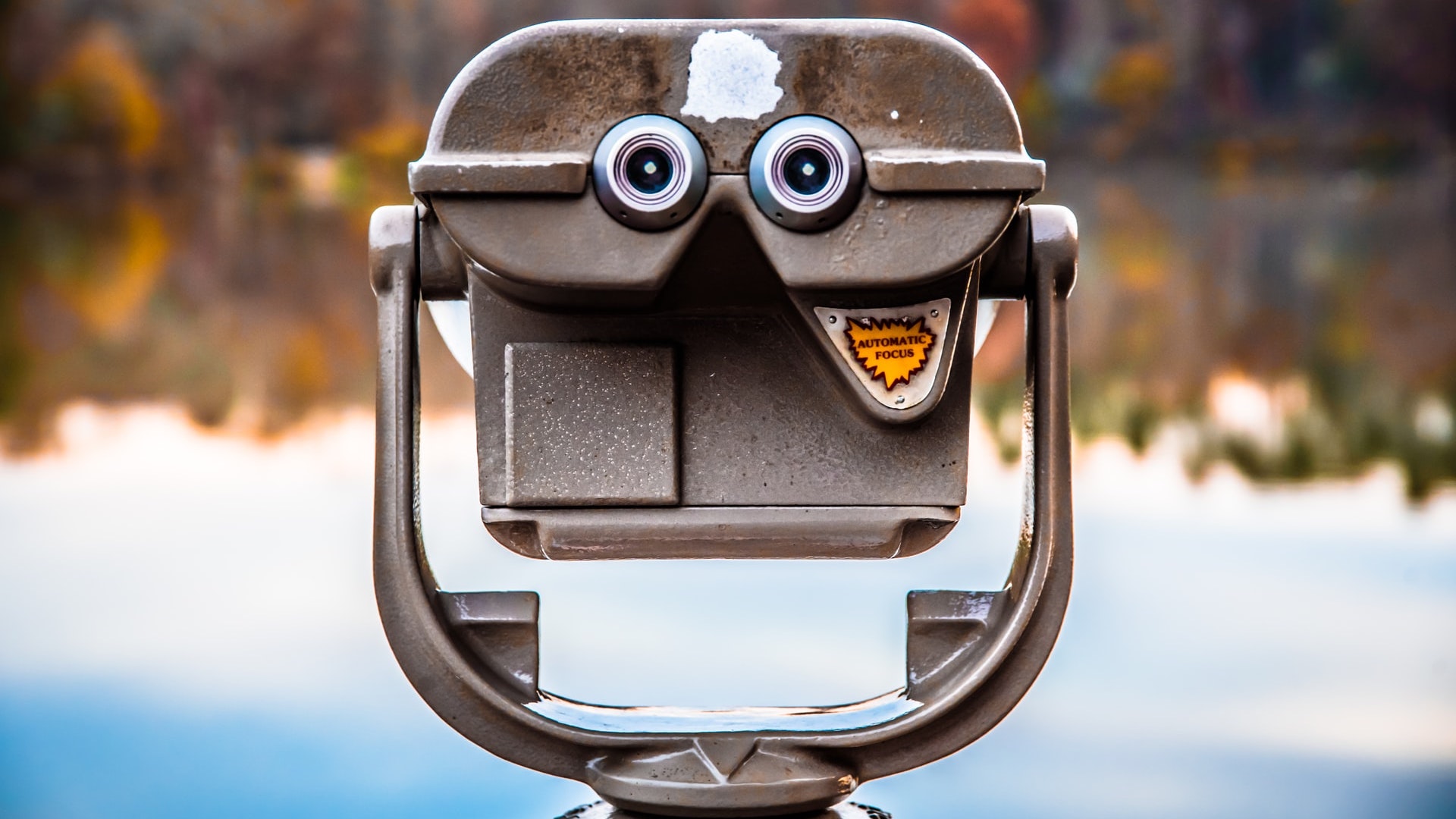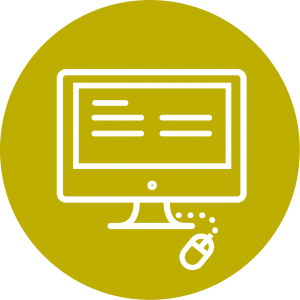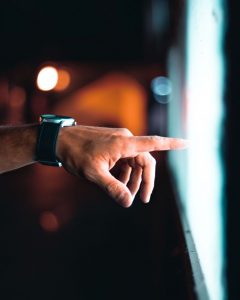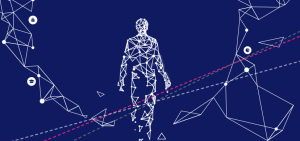
Quickscan Open Educational Practices
Working with Open Educational Resources has more impact on an institution than just on lecturers and the educational process. Does


The Towards digital (open) educational resources zone developed a vision on learning materials and practical building blocks to get there. Teamleader Robert Schuwer and working group member Hilde van Wijngaarden discuss the eight vision statements in one interview.
The vision documentis divided into eight statements. Three of these are about working from an educational vision:
Why is there so much emphasis on that educational vision?
Robert: “Usually there’s an educational vision at institutional or faculty level, but a vision of educational resources is rarely derived from it. Previously, there wasn’t much choice about the material: there were books or readers. Because digital learning materials are forms exist, we must emphasize that their form shouldn’t be guided, but arise from a vision. ”
Hilde: “The subject of the content’s always forgotten. Without content in the right form, you can’t innovate your education.”
That doesn’t sound too controversial. Which statement provokes more discussion?
Robert: “That is without a doubt statement 7.
Educational resources and their licenses are purchased jointly or by individual institutions. These are paid under conditions determined separately or jointly by the institutions.”
We question whether students should buy their own learning materials
Hilde: “I think this is the most important statement we’ve come up with. We’ll have to find this out. According to Dutch law, students have to buy their own educational resources. It would be far too expensive to do it as an institution. But the law no longer works in this day and age. Digital educational resources are difficult for individual students to buy and therefore aren’t bought by students, but bought by libraries. With this law, you almost oblige students to buy paper, because this model can’t work digitally.”
Robert: “The law also says there must always be an alternative to the learning material you prescribe. In the analogue era, students had to rely on the library or second-hand books. With digital learning material, it’s a lot more difficult because licenses are linked to people. You can’t exchange them and libraries have no more than five available.”
Does it offer institutions advantages to purchase learning materials and licenses themselves?
Robert: “The moment an institution buys the materials and pays for the licenses, you’re the party with which publishers do business. This provides opportunities to work together. This makes you stronger in negotiations about conditions, user rights, and usage data, among other things. In addition, institutions can decide not to spend part of the resources on commercial content, but on creating and making open content themselves.”
This brings us to the topic of ‘resources’. Take statement 5.
Each institution has an organisational infrastructure, within which the support for lecturers and students -for compiling and using their optimal mix of learning materials- is guaranteed. This also includes ensuring sufficient time for lecturers and support staff. This also includes ensuring sufficient time for lecturers and support staff.
How much money will that cost the institutions?
Robert: “‘The organisational infrastructure is already there in many institutions, but often lecturers don’t know where to find the library or there are too few people available. There is a big gap there.”
Hilde: “I’m afraid people will think that all kinds of new things need to be set up, but everything we propose is actually already there. Joint purchasing? The libraries already purchase jointly – for research. We’re doing this together with SURF, which has a purchasing office for this and manages our licenses. Just use the same organisation for education.”
And what is already available in the field of technical infrastructure? See statement 6:
There is a technical infrastructure -nationally or per institution- that makes it possible to gain easily accessible access to all digital learning materials for higher education from a personal learning and working environment in one place. This concerns open, semi-open and licensed learning materials (from publishers). This concerns open, semi-open and licensed learning materials (from publishers). The privacy of users is also guaranteed and ownership of user data rests with the institutions.
Hilde: “With these steps, we are now taking with Edusources (formerly SURF Sharekit), we have a nice structure for sharing open learning materials. We could use the same infrastructure for the wider sharing of commercial material. That is technically possible, but still quite complex organisationally, especially when it comes to the business model for publishers. We can perhaps investigate whether the way of working in the research domain could also be used for education.”
What other misunderstandings are there about the vision?
Robert: “What we don’t want is to store content in one place. It should only be accessible from one place. Nor do we strive for 100% open education. The horizon of the vision is 2025, so you can forget that anyway, the material covers maybe twenty per cent. And the commercial material, the other eighty per cent, is also often good. The platforms publishers offer are very rich and interactive. But if we want an alternative to the commercial model, we have to pay attention to the sharing of open learning materials, because that won’t happen automatically.”
It was not possible to develop building blocks for one vision statement, namely statement 3.
In rating systems, lecturers who work from an educational vision – with an appropriate mix of learning materials – and propagate and share this with their colleagues, are valued for this. This also includes appreciating the open sharing and reuse of learning materials.
Why is it coming off so badly?
Hilde: “We recommend joining The Association of Universities in The Netherlands’ ongoing Recognition & Rewards initiative, which is inspired by open science. You can also determine the impact of open learning materials: How often is it reused? How often is it referred to? The initiative must then be extended to higher professional education.”
The eighth statement reads:
There is a national system of agreements with suppliers of learning materials regarding privacy, standards, and usage data. In any case, it has been established that institutions have access to data that is related to processes related to access to and use of digital learning materials.
Why do institutions need data from publishers?
Robert: “If you don’t arrange this properly, a commercial external party will know more about your education than you do as an institution. Who then owns the education? I find this worrying.”
Hilde: “It’s about protecting public values. Publishers use educational data for commercial purposes, institutions want to use them to improve education. That’s why ownership of the data must lie with the institutions, not with the publishers.”
To better protect these public values, institutions must work together more. Can they do more?
Hilde: “It starts with a better understanding of how the cycle works. Because there’s little attention for content in educational visions, little attention is paid to content in educational innovation. The lecturer’s looking for content themself, not always realising help is possible from the educationalists, library etc. All these parties need to be better connected. Fortunately, we’re keeping up with the changes. Due to the CODIV-19 pandemic, more online content is needed. Libraries are now focusing on digital learning materials. Lecturers now realise books are also available digitally and they know you can often do something other with it then put it on the reading list in its entirety. We would like to maintain this development, even if we’re all vaccinated soon.”
Interview: Marjolein van Trigt
Header photo byRob Laughter via Unsplash
Share this page

Working with Open Educational Resources has more impact on an institution than just on lecturers and the educational process. Does

Connecting learning materials and learning goals Suppose you are a lecturer at the bachelor of Pedagogical Sciences. You want to

How can higher education institutions develop a more efficient and accessible system for digital and open educational resources that puts

Do you want to publish an open textbook within higher education? The Towards digital (open) educational resources zone developed a